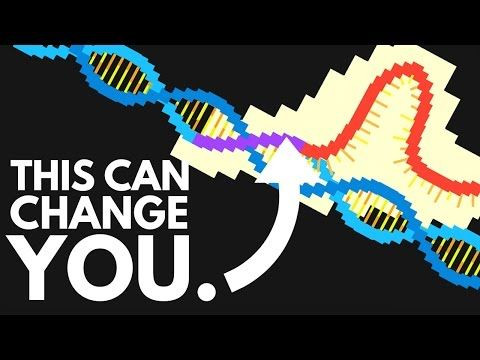Perfect Humans And Designer Babies: How CRISPR Technology Edits Genes In Human DNA

It seems as though there are few limits when it comes to genetic engineering today, as the notion of editing genes to remove mutations or disorders has become a reality. A new type of genetic engineering, known as CRISPR/Cas system, in particular offers a huge potential in editing genomes with the possibility of removing faulty genes and replacing them with functional ones, rewriting muscular dystrophy genes, or protecting us from tropical diseases like malaria — and much more.
Amazingly, CRISPR/Cas was adopted from an immune system function in bacteria (humans really looked to nature on this one). CRISPR, which stands for Clustered Regularly Interspaced Short Palindromic Repeat, refers to short sections of repeating DNA in bacteria or other microorganisms. These sequences are important for the organism’s immune system function. To understand how CRISPR works, we first have to know how the system works in bacterial immune systems. When a virus invades a bacterium, it replicates its DNA until it completely takes over the cell. But the bacterium has to stop the replication in order to survive. To do that, it must destroy the viral genome, and this is where the CRISPR/Cas system comes in.
Within a bacterium’s CRISPR, there are small parts of the DNA called spacers, which contain information about viruses that have previously attacked. It’s a way of notifying the bacterium’s immune system to attack a virus. But if the virus is new, the viral DNA must first be placed into the CRISPR sequence as a new spacer. Once that’s done, the viral DNA is copied into an RNA molecule — and then Cas enzymes, or CRISPR-associated proteins, come to the rescue. Cas enzymes, particularly Cas9, are the immune system elements that enter the RNA molecule, attack viral DNA, and cut it in half to prevent replication.
Scientists can take this system and apply it to humans and other animals, to adjust genes, remove mutations, or even add completely new ones. It’s a powerful system that has huge implications for the future of genetic engineering, but the question remains whether it will lead to designer babies or the development of “perfect humans.”



























